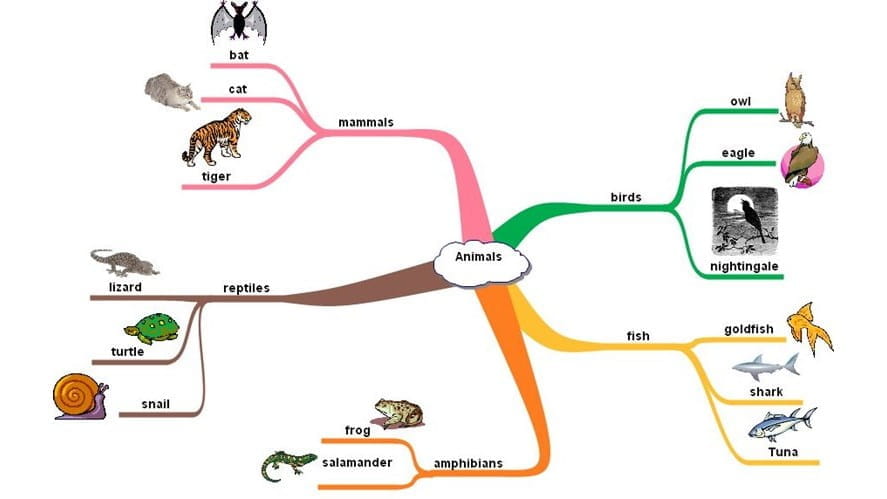Helping students clarify their thoughts and simplify complex ideas
Join Dover Court this January!
Limited places still available in select year groups - Enquire Today

Helping students clarify their thoughts and simplify complex ideas
Helping students clarify their thoughts and simplify complex ideas
What are Mind Maps?
Mind Maps are practical tools that can be used to teach vocabulary, concepts, and different topics. They can use letters, numbers, colours, shapes and pictures, and they can target a range of subjects and ideas.
Why are Mind Maps useful?
As Mind Maps can include a range of visual characteristics, they engage the left and the right side of the brain, fuelling students’ thinking and creative potential (in The Mind Map Book: How to Use Radiant Thinking to Maximize Your Brain's Untapped Potential, by Tony Buzan and Barry Buzan). They provide a clearer overview of what is covered in any particular topic, which helps with active learning, understanding and remembering.
Mind Maps are also a powerful and motivating tool to generate discussions between students and adults, encouraging them to create connections between ideas while allowing students to see the big picture. They may help students clarify their thoughts and simplify complex ideas.
What do Mind Maps look like?
There are simple Mind Maps and more complex Mind Maps. They generally use a combination of colour-coded lines/ arrows, and either text and/or pictures. They are usually structured in the following manner:
· The subject/ topic is represented in the centre, by either text or an image
· The main themes of the subject/ topic radiate from the central text/ image with the help of lines/ arrows, forming branches
· Minor themes are linked to the main themes
· All the branches are connected
Which type of Mind Map should be used?
This may depend on the students’ learning style and ability. Younger children and children with additional learning needs may benefit from more pictures and colour coded text/ lines/ arrows.
Older children may want to include more written information to describe their themes.
What materials are needed to create a Mind Map?
Lots of creativity! And any of the following:
· Pens and/or pencils
· Blank piece of paper or black/ white board
· Chalk/ White board pens
· Post-it notes/ stickers
· Pictures
Happy creations and have fun!